
Arriving a bit earlier than expected at the birding lodge in Paraiso, Chiriqui Province, Panama, my room was not yet ready for checkin.
No problem, as this gave me an opportunity to sit and chat with a group of international birders and hear their stories. One birder in particular, I thought was quite loud, that was until the slightly eerie but captivating sound of the Laughing Falcon‘s call echoed through the forest. Hearing the call for the very first time I was completely unaware as to what it was, a loud, distinctive and rhythmic laugh-like sound thats unforgettable once heard. Repetitive bursts of descending, resonant notes, a robust “HA, HA ha, ha, ha, ha”, a hearty, slightly maniacal human laughter.
Our guide and lodge owner was with us on the Veranda and explained to us what was making the noise, and to my delight he invited us to go check it out, and so we did.
We walked along a short trail a few mins from the Veranda and sure enough there perched high up on a leafless tree, was the awesome male Laughing Falcon doing its thing. Not far away was the female (seen in the feature image of this post), our guide explained that the pair was nesting in a nearby tree.
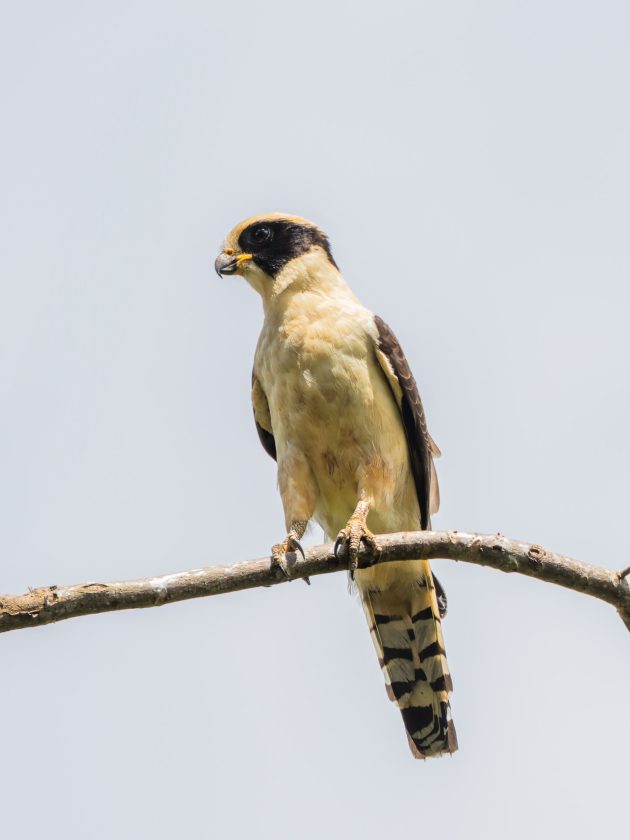
Seeing these Laughing Falcons was a delight for me, an addition to my lifers list, and I had not even checked into my room as yet.
Back at the Veranda the Chachalacas were all over like chickens rummaging on the ground and jumping around on the trees overhanging the Veranda.
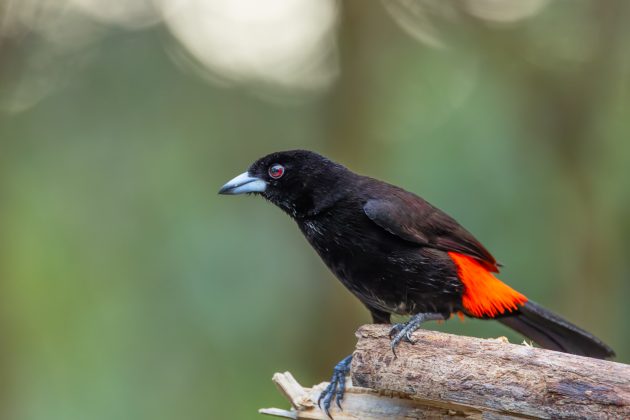
On the trees around the lodge the birds came in their numbers, some more than others. The Scarlet-Rumped Tanager was a constant companion with both male and female in their numbers.

A lone Buff-rumped Warbler made an appearance every now and again but it was very skittish, retreating at the slightest bit of movement towards it. It foraged on the ground and with its colour, except for the yellow rump, matching the dried leaves, it was sometimes difficult to spot.
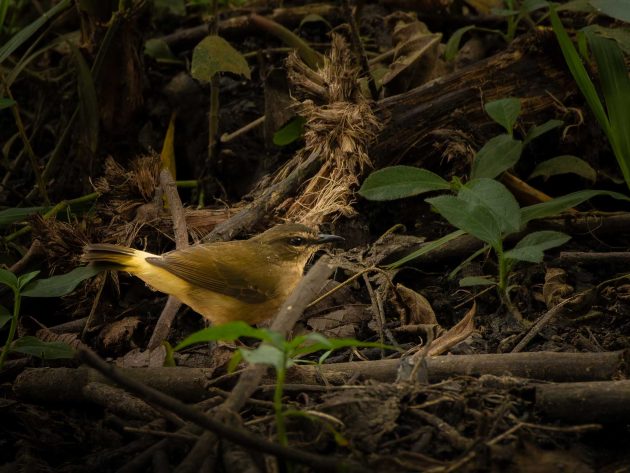
The Fiery-billed Aracari made stops during the day to check out the fruits placed out on the Veranda, they too, came in their numbers and would sometimes be as many as eight at a time.
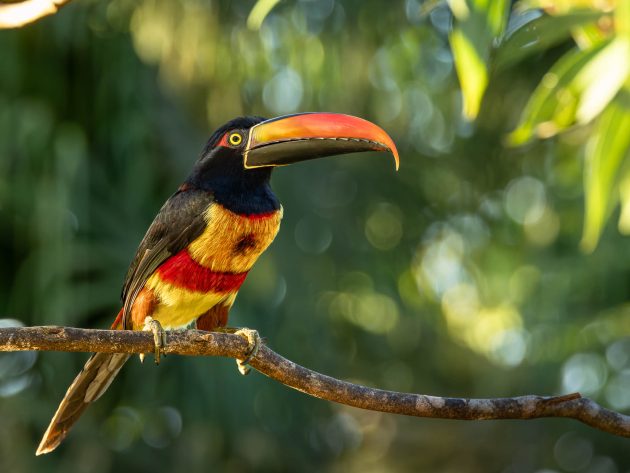
Walking along the trails around the lodge one could spot , though with difficulty, the beautifully coloured Bay-headed Tanager. No matter how many times I see this bird my heart always races, I simply love seeing this bird and well, its a Tanager and I just love Tanagers.
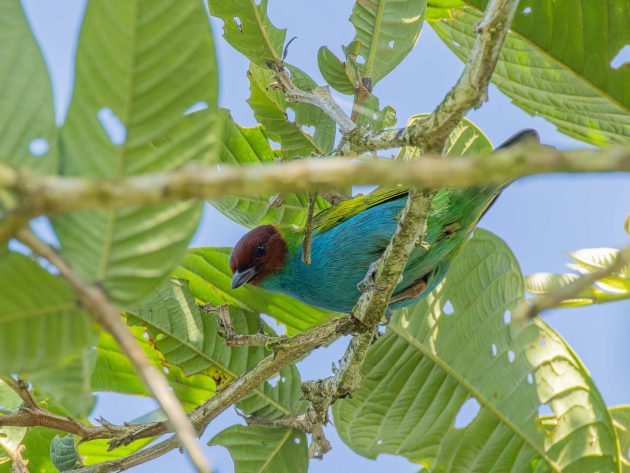
Walking around the garden area of the lodge one can hear a lot of bird calls but spotting them is a different story all together. This Chestnut-capped Warbler was one of those well hidden ones despite its pronounced markings, it was well camouflaged, for a while…

The Fulvous-vented Euphonia had me confused for a bit, they are very similar to other Euphonias such as the spot-crowned Euphonia and Yellow-crowned Euphonia. It was the female though, that helped me decide that these must be Fulvous-vented as the female Fulvous-vented sports a warm orange-brown vent area while the other two do not.
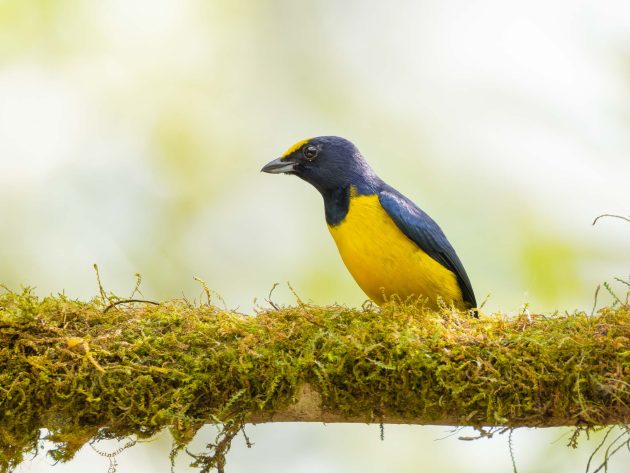
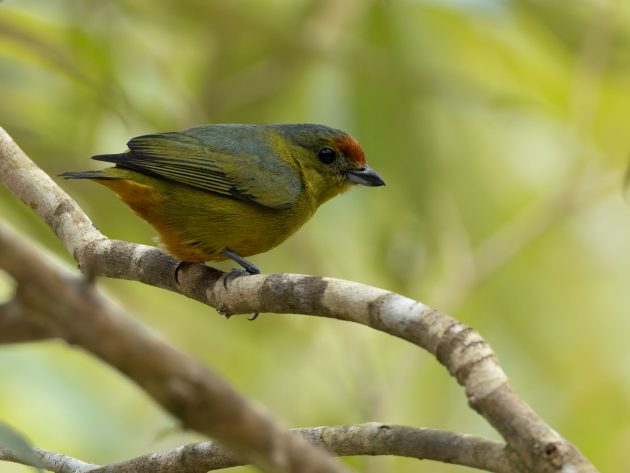
The Scarlet-thighed Dacnis was new to me. On my first morning at the lodge, I was sat on the deck outside my room watching the sunrise illuminate the landscape, with the Volcán Barú (a dormant Volcano)in the backdrop. And there, just meters away was this unusual ( to me) but beautiful bird perched on an Aquacate tree (Avocado). Fortunately my camera was close at hand and I could capture this one to add to my lifers list of photographs. The scarlet thighs can only be seen when its moving around.
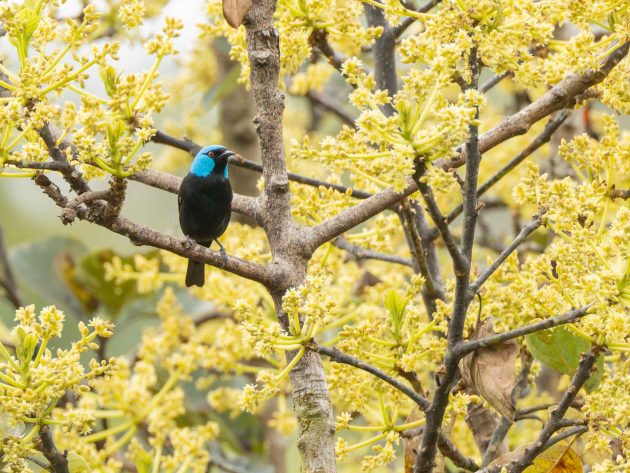
With a Rose coloured breast, its not difficult to understand why this bird is called a Rose-breasted Grosbeak. Here it is quietly feeding during the early morning on some ripe berries.
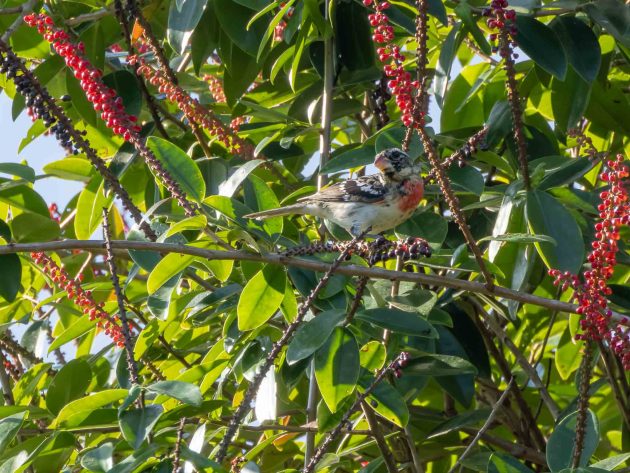
You have probably been wondering when we will get to the Motmots, well wonder no more. Motmots are often seen sitting very still on their selected branch. They are generally not shy around humans and would often perch in open areas making then a delightful subject to photograph. It is said that they would flick their tail in a distinctive pendulum-like motion when slightly uncomfortable. This should be a signal to photographers and Birders in general to back off and give them some space.
They feed on a wide variety of insects, small reptiles, and fruits — catching prey on the ground or snatching it mid-air.
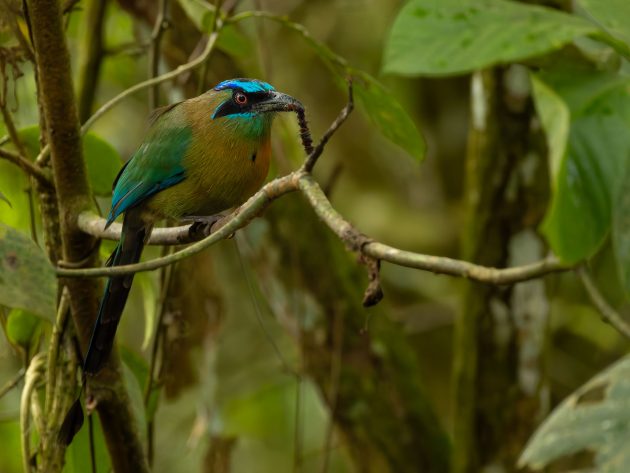
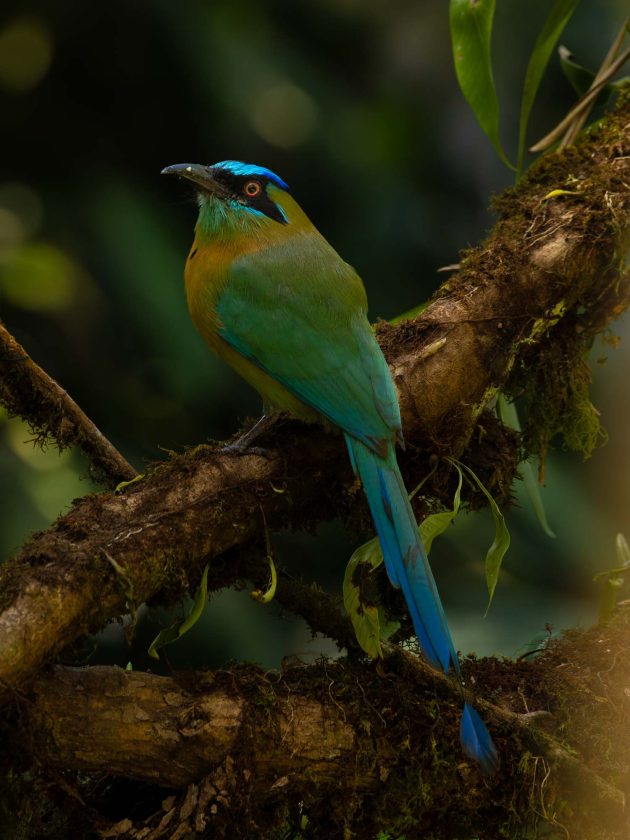
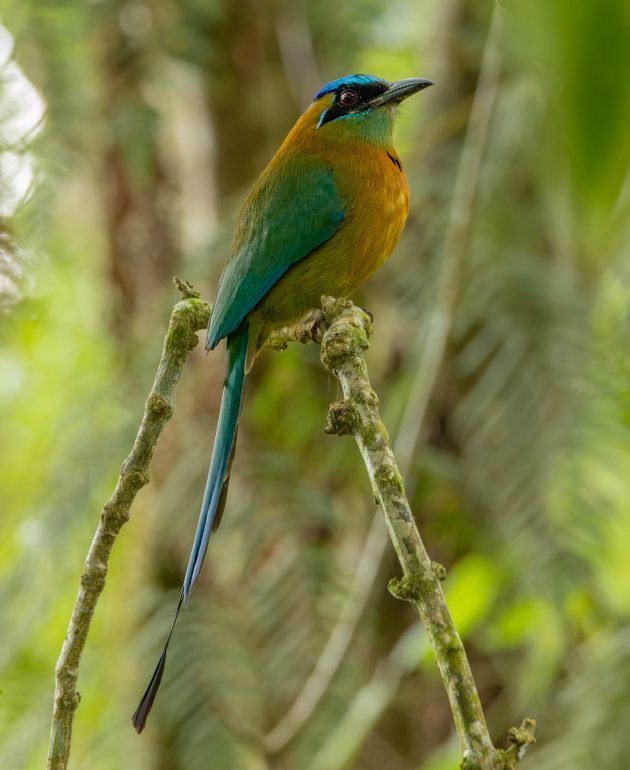
The birds listed here are just a few of the ones observed and photographed on this trip. Other notable ones include the Sunbittern, Black-chested Jay, Blue-headed Parrots, Brown-throated Parakeets, Saltators, Manakins and Grey-cowled Wood-Rails.

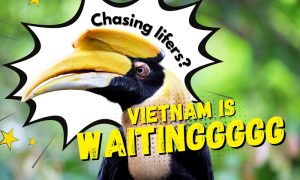
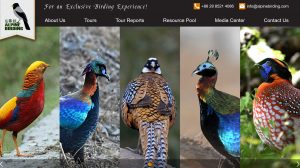
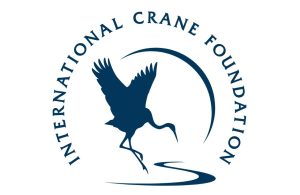
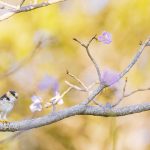
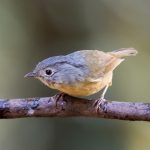

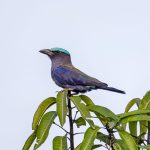
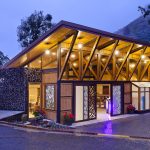
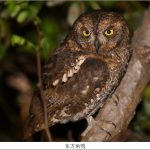
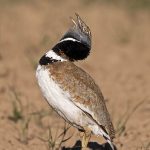
Wonderful photos! I saw many of these in Costa Rica on a birding tour in January of this year.
Thanks Karen. Costa Rica and Panama share around 750-800 species ,so yes, you will see many of the same ones in both countries. Costa Rica is reputed to have some 900 species and Panama around 1000.